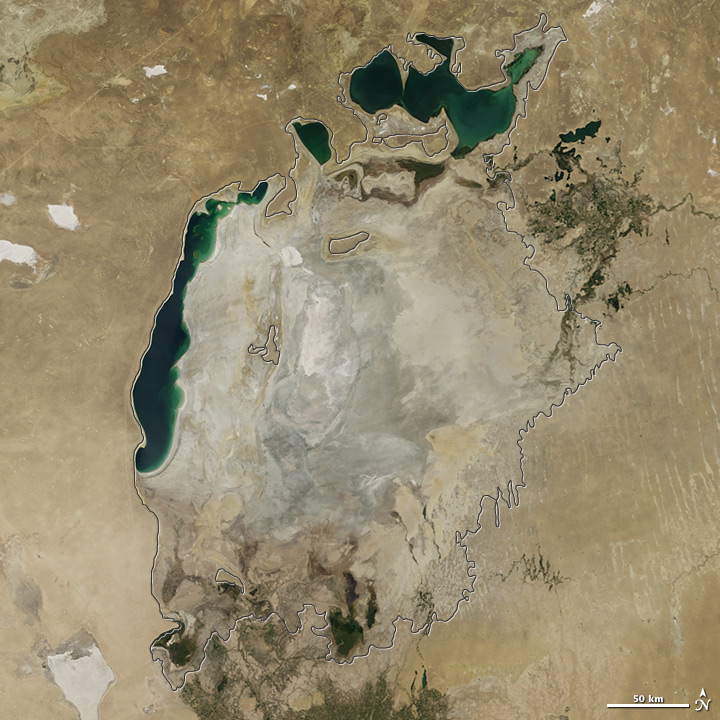Heather Smith, writing for Grist:
Heather Smith
“I had been biking around Minneapolis for several days before I realized what was missing. It was a pleasant city, even though I was lost a lot, because most of the bike routes have very tiny signs that are hard to read, if they have signs at all. At night the bike paths were so dark that I worried I might not see an obstacle in the road, even with my headlight on, and I got even more lost, until I just gave up and biked very slowly with my phone in one hand, watching the blue dot that was myself on the map to make sure that I didn’t drift off the path, fall off my bike, and get eaten by bears. Not that there are any bears in Minneapolis.
But none of that mattered, really. Here was the thing that was missing for the first time since I became a bicycle commuter: fear.”
Hmm. In the end, people against bikes and public transit are those who follow the dark side.





















